Veggie on the Med: Meat-Free Guide to Spain
With a variety of stats suggesting that we Brits might love our food a little too much, a trip to the Mediterranean might seem like the perfect way get some ideas for a healthier (and possibly tastier) diet.
With this in mind, I have been sampling the many delights of Spanish food this week while travelling in Andalucia, but before I continue I must tell you one pertinent fact: I am a vegetarian.
"I feel sorry for you," is a phrase I often hear when I reveal this dietary need, usually accompanied with a pitying look and the follow up: "what on earth do you eat?". But after several days of munching my way through Spanish meat-free cuisine, I can safely say there is plenty to eat here for the vegetarian.
Tortilla patata, tostadas, veggie paella, cheese and vegetable empanadas and some truly mind-bendingly delicious cakes – are just some of the comestibles I have been savouring.
Spanish Omelette
A particular favourite of mine is the Spanish omelette (tortilla patata), a mixture of potato and egg, usually featuring onion and occasionally garlic. In its diminutive form it is served as tapas, but when ordered as a main it comes as a much bigger slice, usually with bread. It's such a hearty, potato-heavy bite that I wonder why it wasn't invented by a northern European country such as our own.
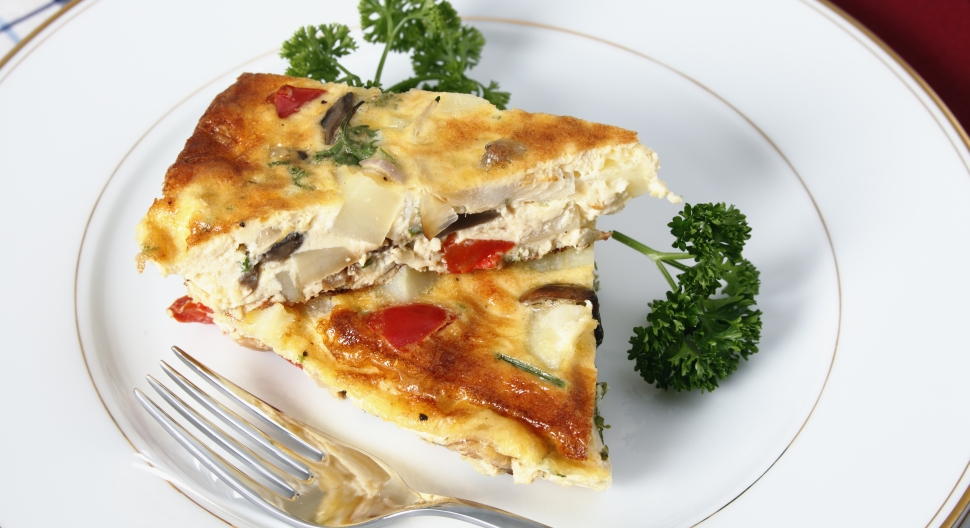
Tostadas
For something lighter, in the morning perhaps, tostadas are a good choice; pieces of toasted bread topped with tomato pulp, usually drizzled with olive oil and sprinkled with salt. A simple but tasty nibble.
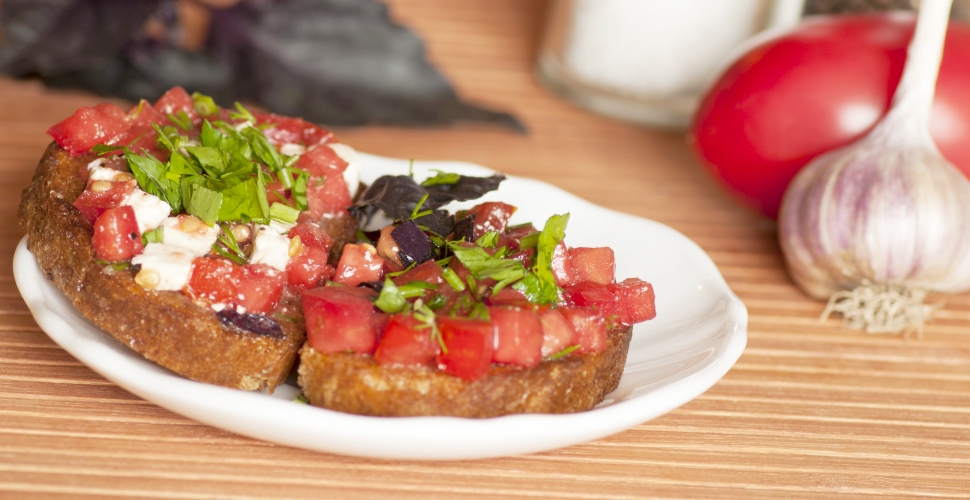
Veggie Paella?
But any veggie visiting Spain won't want to miss out on paella – a rice dish of Valencian origin. Normally served with seafood, chicken or rabbit, many restaurants (especially in tourist areas) will offer a meat-free version. And if it's anything like the one I tried in Barcelona, it will have you salivating.
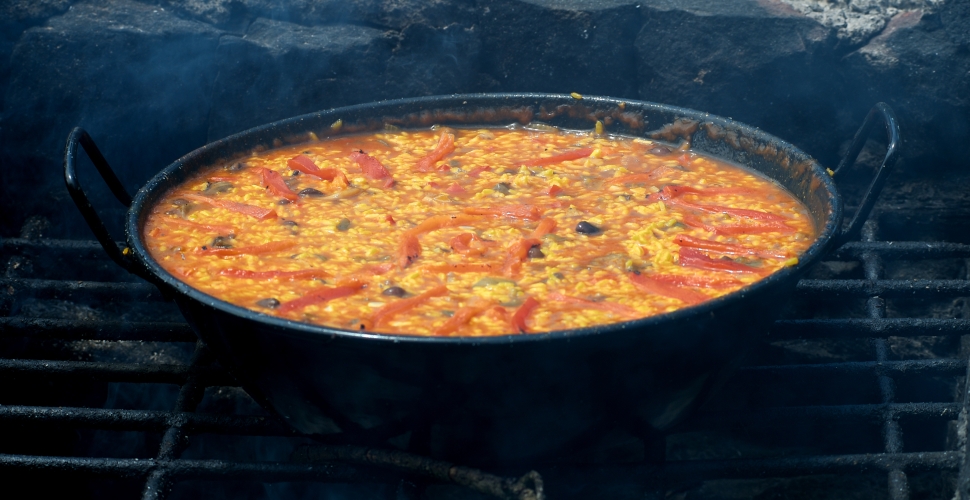
Cakes
Sweet-toothed meat avoiders also have a great deal of cakes and other sugary treats to enjoy in Spain, where dessert-making is a real art form. The Casadiella from Asturias is one to try: an aniseed or wine flavoured pastry filled with hazelnuts or wallnuts. The lechefrita is a fried milk and flour treat glazed in sugar and cinnamon, while the western Spanish, Teculamecula uses egg yolks and almonds to get your taste buds tingling.
I enjoyed these, but have to admit it was the array of 'standard' cakes that I found most impressive; whether you're after chocolate, cream or lemon, you'll have all your cakey dreams answered in Spain.
What About the Meat?
Spain is one of those nations that makes the vegetarian wonder vaguely: maybe I should have given meat more of a chance? With a vast array of cured hams and every kind of seafood you can imagine, the meat eater has a lot to savour here, and the purist veggie a lot to avoid – since they don't always wash their frying pans out too well when switching from meat/seafood to non-meat dishes!
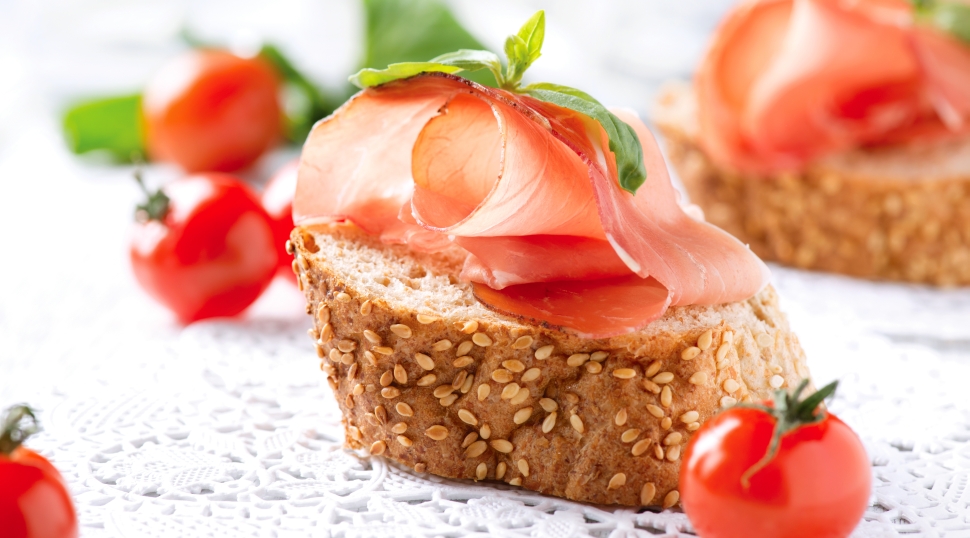
A Seafood Warning
Most seafood in Spain is safe to eat, but there are risks from shellfish such as mussels, clams and molluscs, which sometimes contain toxins that are harmful to humans. If you're eating shellfish there is always a small risk of a ‘gastric disagreement' – so it's best to take out a good quality travel insurance policy before you set off.
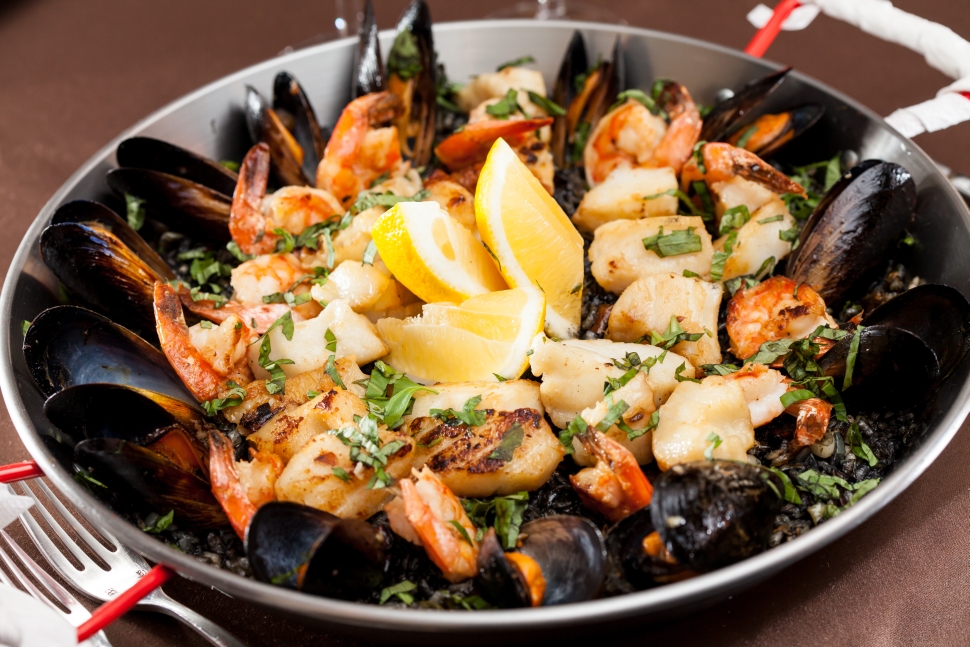
And What about that Mediterranean Diet?
For those who want to lose a little weight whilst on holiday, Spain is quite clearly a bad choice. But if you want to treat yourself to some of the finest cuisine on the planet before you start a long diet of celery and zero fat yogurt, then get booking!
Get a Quote